Xenon test chamber for ISO 4892-2 plastic accelerated aging standard
Publish Time:2023-12-23Views:()
Plastics - Methods of Exposure to Laboratory Light Sources - Part 2: Xenon Arc Lamps
AATCC 16.3, AATCC 169, Accelerated Aging, ASTM D2565, Aging Chamber Testing, ISO 4892ISO 4892-2 describes various methods for characterising the effects of aging on plastic components through the use of ultraviolet testing. This specification is equivalent to ASTM G155 and relies on the use of a xenon arc light source. SONACME Technology offers xenon test chamber suitable for ISO 4892-2 testing as part of its coating testing services.
Xenon Arc Light Exposure Method - Uses and Considerations
ISO 4892-2 is a standard that specifies test conditions for reproducing the weathering effects of plastic materials through the use of moisture and xenon arc light. Although ISO 4892-3 is very similar to this method, it differs significantly from it in that it uses ultraviolet fluorescent lamps as the source of illumination.The focus of ISO 4892-2 is on the characteristics of the light used and on all the conditions required to carry out accelerated ageing. In fact, by using appropriate filters, it is possible to reproduce the characteristics of daylight passing through a glass window or direct sunlight.
By combining the effect of these filters with the conditions of the xenon lamp aging tester, it is possible to simulate the end-use conditions and thus better evaluate the long-term performance of the material. Xenon arc lamp exposure is primarily used to assess aesthetics, as the emission spectrum of this light source matches the portion of the solar spectrum that causes fading.
Key factors when performing exposure include: type of filter, exposure time, irradiance level, cabinet temperature and relative humidity.
Typical Experimental Parameters
The number of samples required is three, and it is recommended that they be tested with materials of known performance so that the latter can be used as a control. Table 1 lists the parameters primarily used for daylight filters, while Table 2 details the parameters primarily used for window filters.
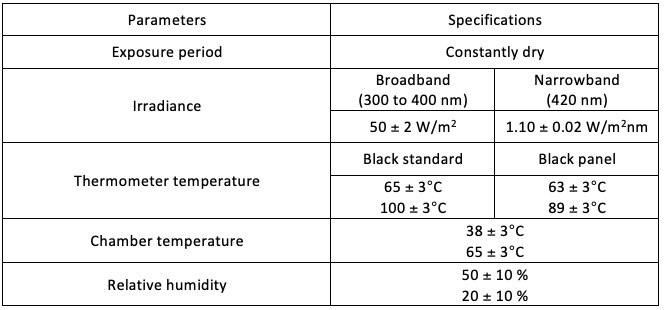
Table I: Typical Experimental Parameters for ISO-4892-2 Method Using Daylight Filters
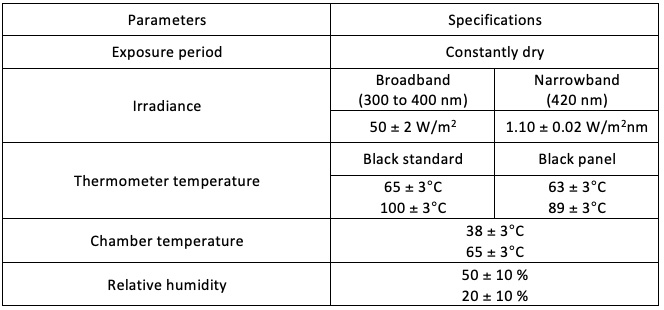
Table II: Typical Experimental Parameters for ISO-4892-2 Method Using Window Glass Filters
Other test methods related to ISO 4892-2 for more information on related test methods, please read ISO 4582, ISO 4892 and ISO 9370.
Material Testing Suppliers SONACME Technology
If you have any questions about ISO 4892-2 or other UV test methods and xenon/ultraviolet aging test chambers, please do not hesitate to contact us. We will be happy to answer your questions.
Latest News
-
JPCA-ET05 High-Low Temperat...
AATCC 16.3, AATCC 169, Accelerated Aging, ASTM D2565...
-
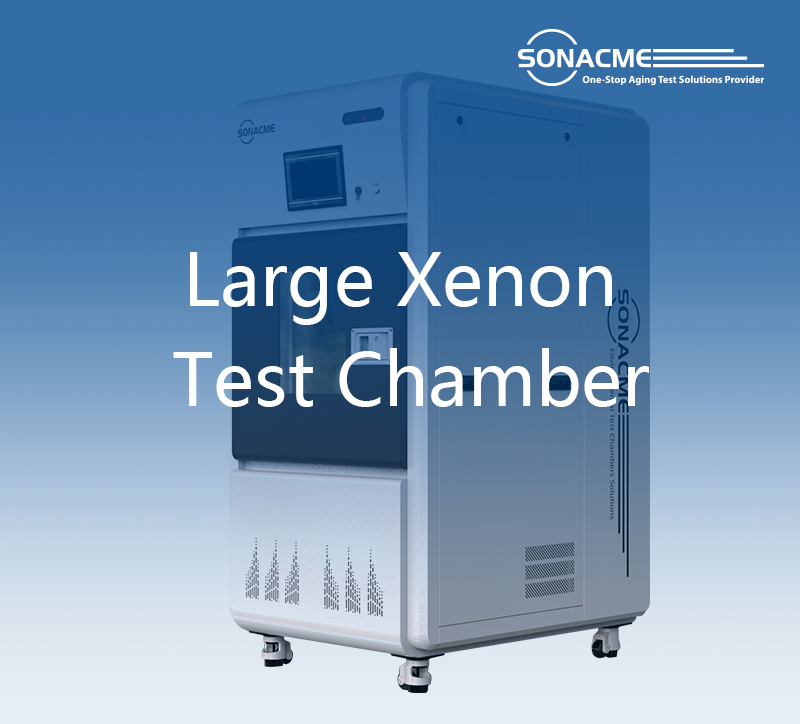
ISO 24444 Cosmetic Stabilit...
AATCC 16.3, AATCC 169, Accelerated Aging, ASTM D2565...
-
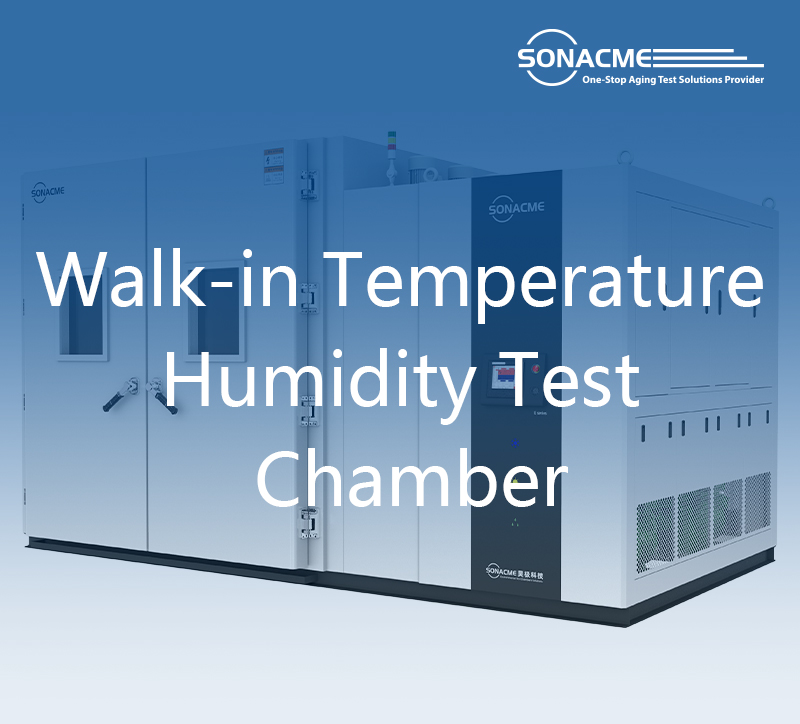
EC60068-2-30- SONACME Techn...
AATCC 16.3, AATCC 169, Accelerated Aging, ASTM D2565...
-
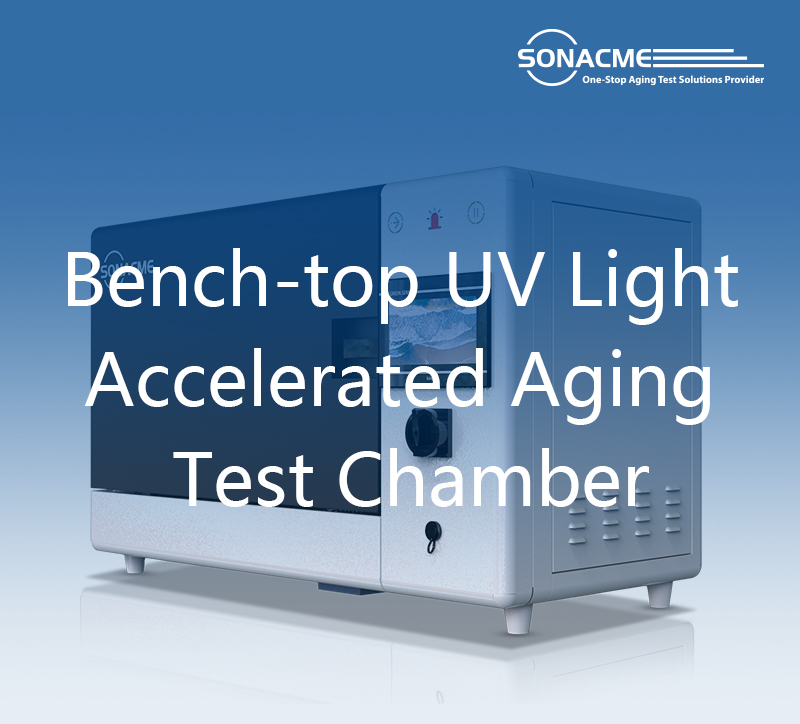
Bench-top UV Light Accelera...
AATCC 16.3, AATCC 169, Accelerated Aging, ASTM D2565...
-
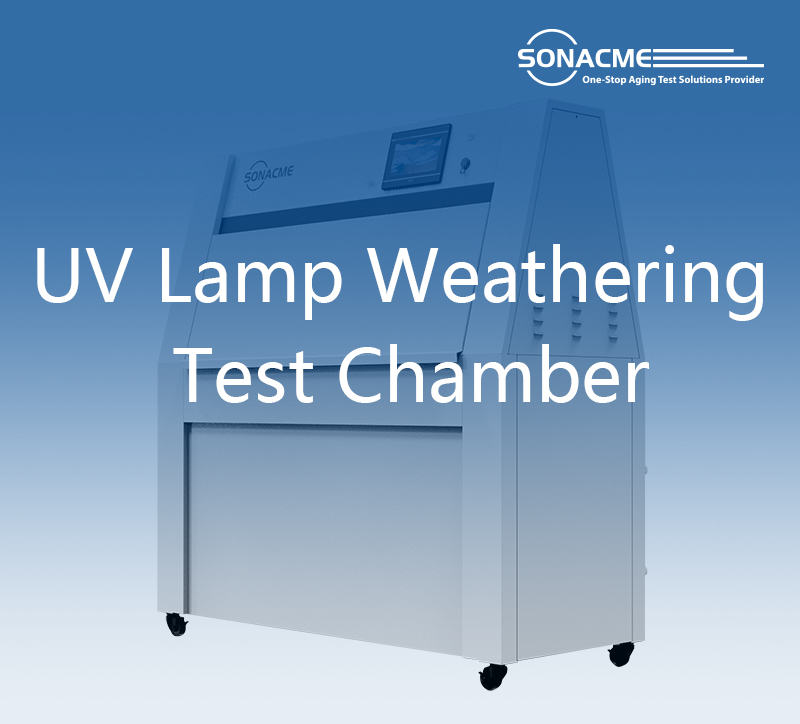
ASTM G154 UV Lamp Weatherin...
AATCC 16.3, AATCC 169, Accelerated Aging, ASTM D2565...
-
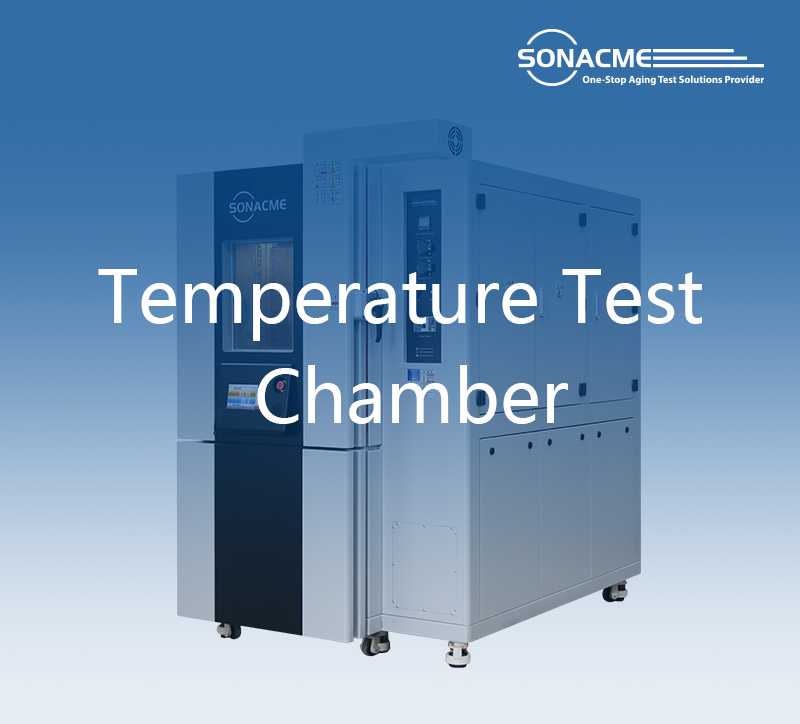
MIL-STD-202 SONACME Tempera...
AATCC 16.3, AATCC 169, Accelerated Aging, ASTM D2565...
+86-180 2704 9206
Tel:+86(0769)83234966
E-Mail:info@sonacme.com
Contacts:Marcia/+86-180 2704 9206
Add:Building 7, No.310 Songbai Road, Liaobu Town, Dongguan City, Guangdong


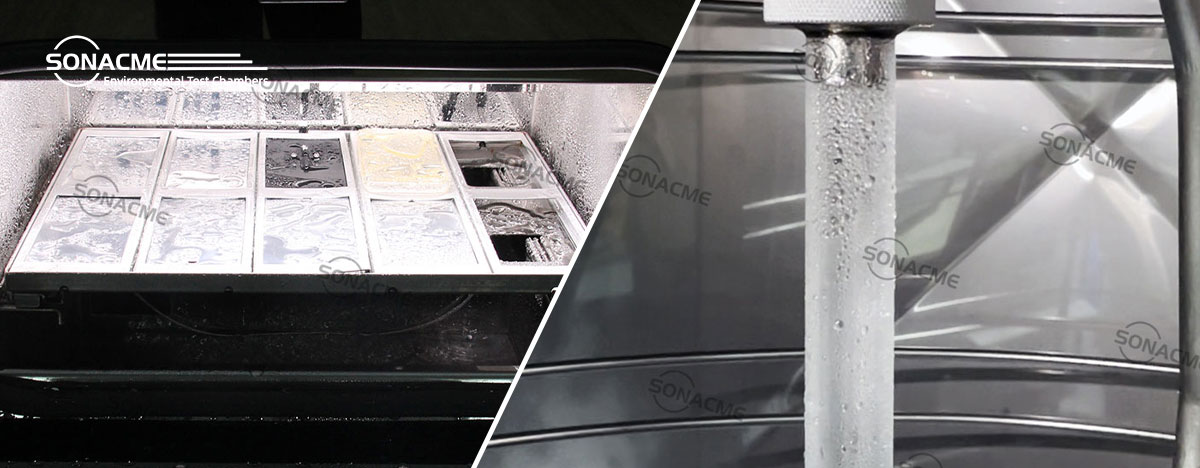



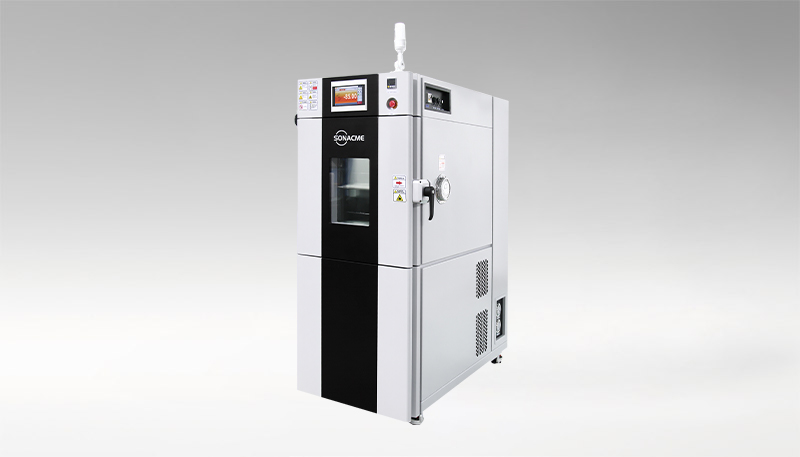
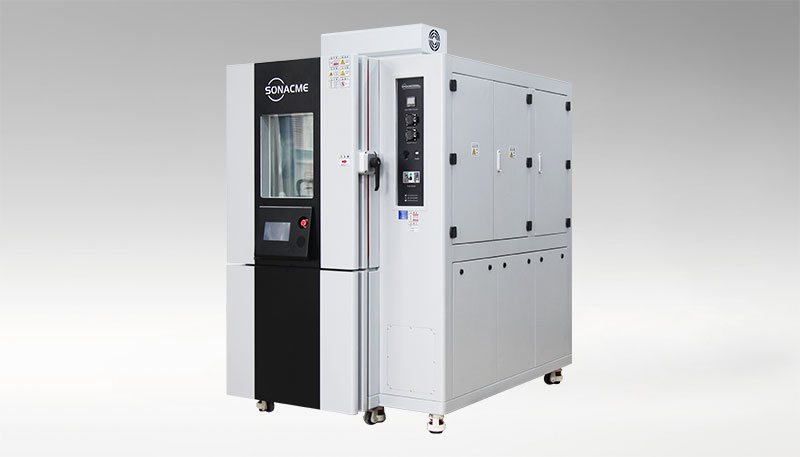
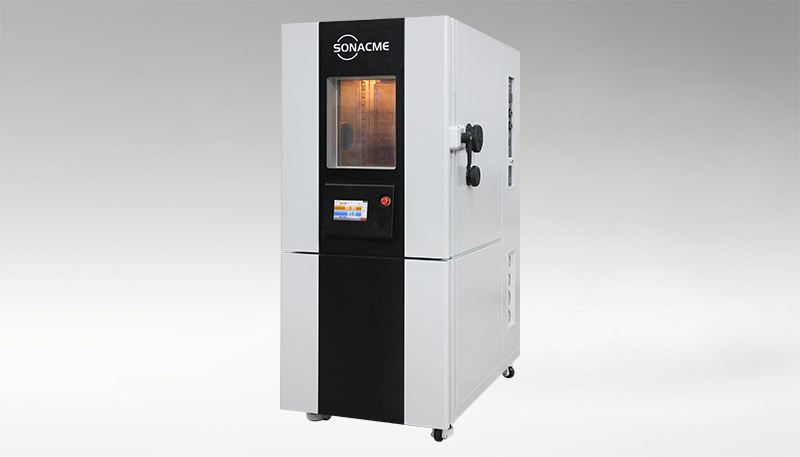
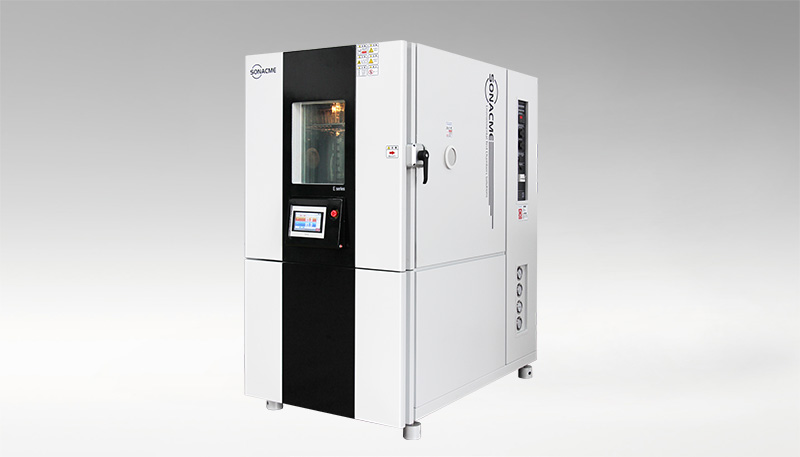






 +86-180 2704 9206
+86-180 2704 9206 WhatsApp:+86-180 2704 9206
WhatsApp:+86-180 2704 9206 info@sonacme.com
info@sonacme.com